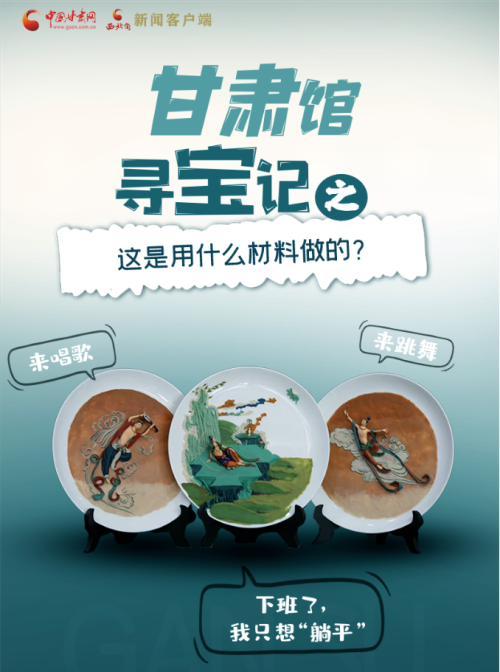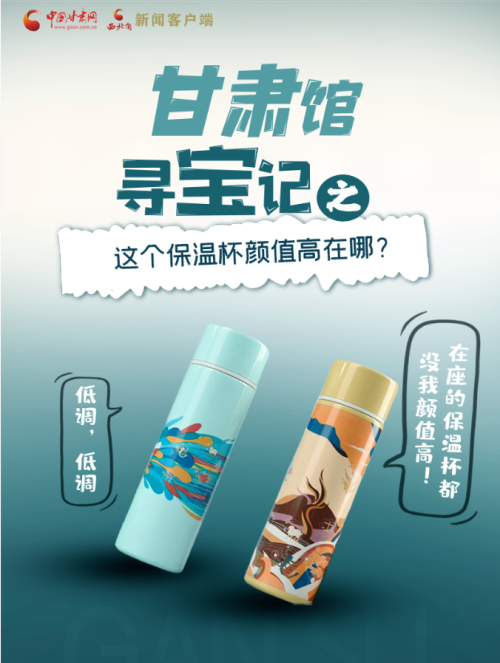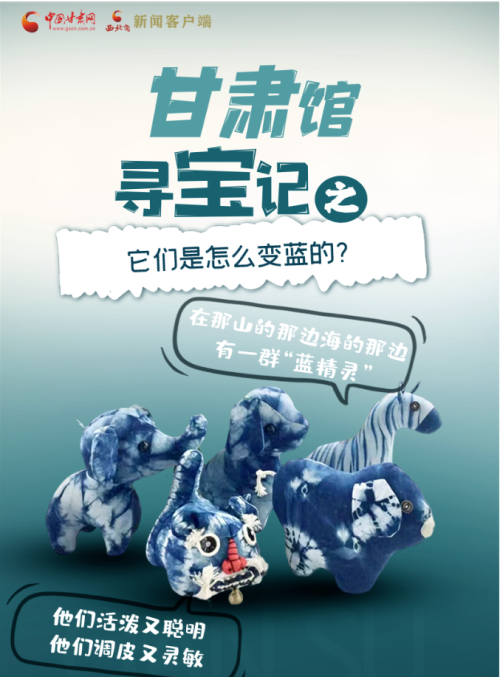Sight for sore eyes in Gansu pavilion
Dough modelling on porcelain plates

The porcelain plates are 27.5 cm in diameter and 2.5 cm in thickness. The main body of the work is based on the Western Xia mural Bodhisattva Avalokiteshvara in Water Moon Form (Shuiyue Guanyin), a treasure of the Yulin Grottoes in Guazhou county of Jiuquan, Gansu province.
Avalokitesvara wears a golden crown, a long skirt, bracelets and necklaces, holds beads in her hands, and has lotus flowers under her feet. She sits on a rock beside the water thoughtfully, presenting a quiet and beautiful picture.
The porcelain platters are easy to carry or display, and are therefore very popular among on-site customers.
Zodiac signs series creative and cultural products

A section of the murals in the Cave 61 of the Mogao Grottoes in Dunhuang, Gansu province, contains all twelve ancient constellations - the signs of the zodiac.
The zodiac signs series creative and cultural products are bother beautifully designed and practical including notebooks, bookmarks, folders, sticky notes, paper tape, postcards, Rubik's cubes and red envelopes. Visitors are expected to buy the products corresponding to their own constellations.
Indigo-dyed dolls made in Pingliang, Gansu province

Natural indigo-dye has a long history in China, dating back to the Qin and Han dynasties (BC 221-220AD), and indigo-dyed cloth had been used as a main material for clothes for at least 1,000 years.
The process is to soak and beat the fresh leaves of Radix isatidis, which is then filtered and precipitated to obtain indigo mud, then add rice wine, maltose and plant ash water, and store everything in a vat. After between ten days and half a month, once the indigo dyeing liquid has fermented, it can be used to dye cloth.
Copyright © Lanzhou City, Gansu Province.
All rights reserved. Presented by China Daily.
Copyright © Lanzhou City, Gansu Province. All rights reserved. Presented by China Daily.




